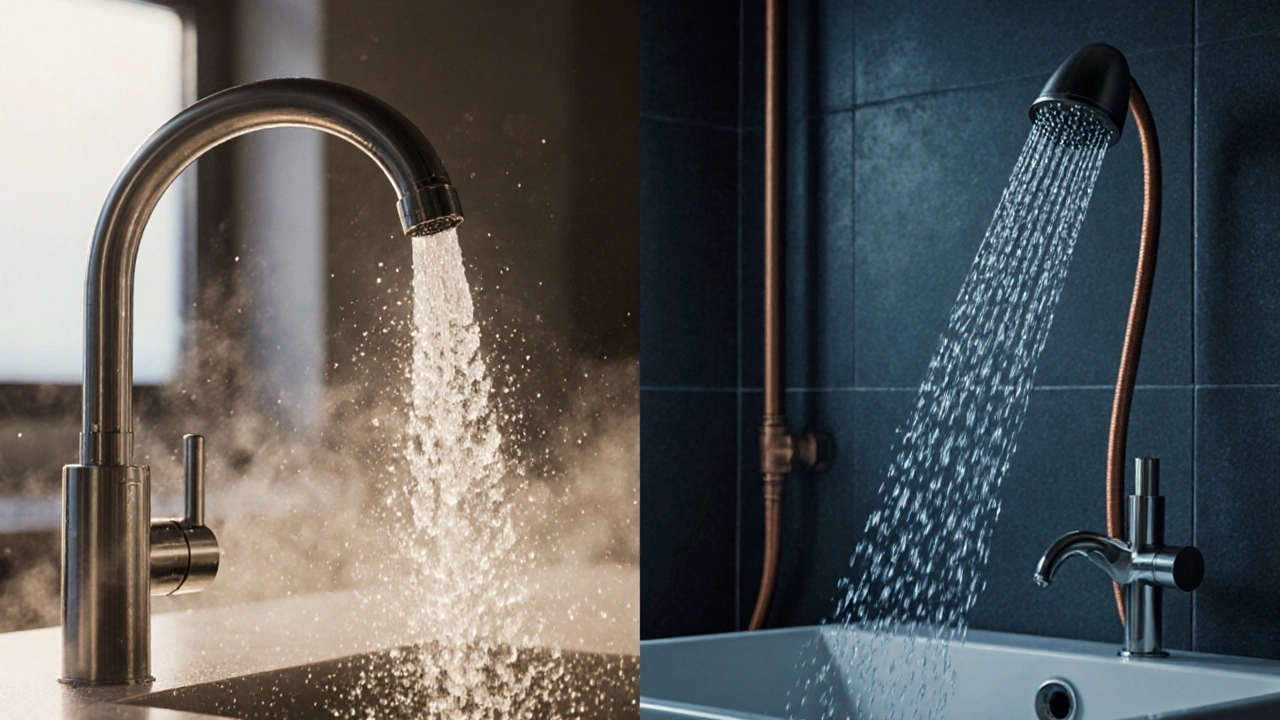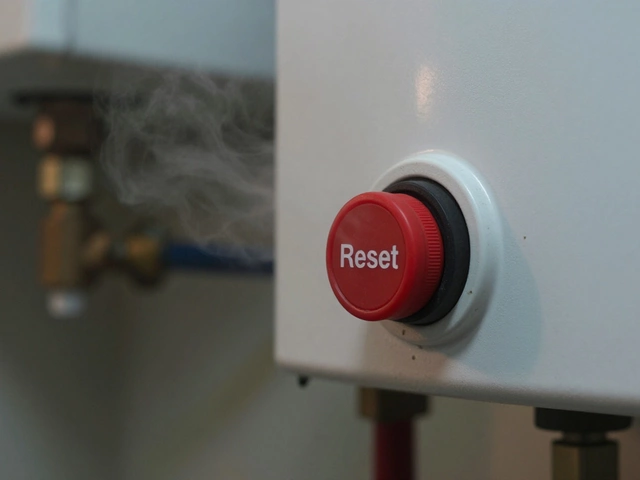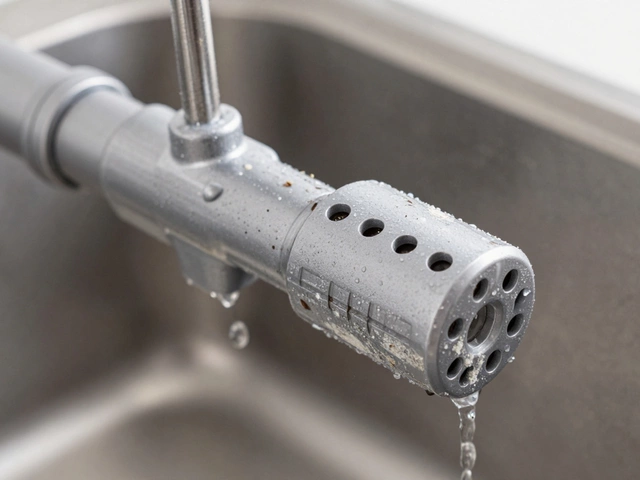Water Heater Temperature Issue
When you notice lukewarm showers or erratic hot‑water flow, you’re probably facing a water heater temperature issue, a condition where the water heater delivers water that’s cooler than set or fluctuates in temperature. Also known as hot water temperature problem, it signals that something in the heating chain isn’t working right. water heater temperature issue can stem from many sources, but understanding the core components makes troubleshooting far less intimidating.
Key Components That Influence Temperature
The thermostat is the brain of the system. It monitors water temperature and tells the heating element or boiler when to turn on or off. In technical terms, thermostat, a temperature‑sensing device that regulates heat output directly governs whether the water reaches the desired hot‑water set point. If the thermostat is stuck, miscalibrated, or has a broken sensor, the water heater may think the water is hotter than it really is, causing a temperature drop. This relationship—thermostat controls water heater temperature—is a classic example of a semantic triple.
Another pivotal player is the boiler, especially in combi‑system homes where the same unit heats both space and water. The boiler supplies the primary heat that the water heater uses to raise water temperature. boiler, a closed vessel that heats water through gas or electric burners must maintain adequate pressure and heat output; otherwise, the downstream water heater can’t achieve its target temperature. So we have a second triple: boiler provides heat to water heater.
In electric‑only units, the heating element does the heavy lifting. This metal coil converts electrical energy into heat, directly warming the water inside the tank. heating element, an immersed coil that generates heat when electricity flows through it can develop scale buildup or burn out over time, both of which lower its efficiency. When the element can’t reach the set temperature, the thermostat receives a false low reading, creating a loop of under‑heating. That yields the third triple: heating element enables water temperature rise.
Besides these core parts, ancillary factors like sediment‑filled tanks, low water pressure, and faulty dip‑tubes also play a role. Sediment acts as an insulator, preventing heat from transferring effectively to the water. Low pressure can cause the burner to flame out in gas‑fired systems, while a broken dip‑tube can mix cold inlet water with hot water, making the overall output feel cooler. Recognizing how each element fits into the bigger picture helps you pinpoint the exact cause.
So, how do you start fixing it? Begin with a visual inspection: look for corrosion on the thermostat wires, listen for clicking sounds from the heating element, and check the boiler pressure gauge. Next, use a multimeter to test thermostat continuity (it should show resistance at room temperature and drop as it warms). If the thermostat checks out, feel the heating element—if it’s unusually hot, it may be shorted; if it’s cool, it likely failed. Finally, flush the tank to remove sediment and verify that water pressure meets the manufacturer’s specifications. These steps cover the majority of DIY scenarios without needing a professional, but always shut off power and water supply before you dig in.
Armed with this overview, you’ll know exactly which part to examine first, what tools you’ll need, and when it’s wise to call a certified technician. Below you’ll find a curated set of articles that dive deeper into each component, walk you through step‑by‑step fixes, and explain the signs that indicate a professional repair is the safest route.
Discover why hot water reaches the kitchen but not the bathroom, learn how to diagnose the issue, and get DIY fixes plus professional advice.


